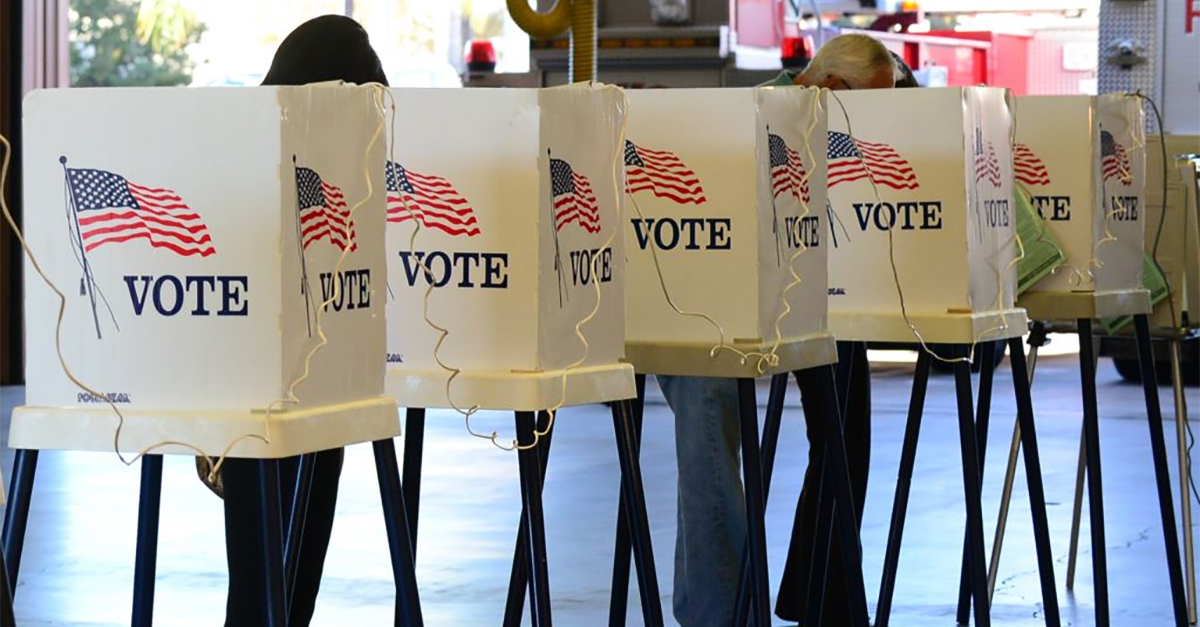The Meaning of ‘One Person, One Vote’

By Henry Flores, NewsTaco
Soon a case will be argued before the Supreme Court of the United States (SCOTUS) that may have far-reaching implications for how state legislatures should be redistricted. The political consequences of this case, Evenwell, et al v Abbott, et al, however, are even further reaching. If the Supreme Court sides with the plaintiffs the very fabric of political representation will change, voting rights of Latinos and African Americans will be diminished, and the axis of partisan political power will be irreparably transformed in Texas.
[pullquote]Article 3, Sec. 25 simply states that the state will be divided into contiguous senatorial districts but doesn’t say what will constitute the population basis of each district. [/pullquote]The Petition
The Evenwell plaintiffs argue that the manner in which Texas draws its state senatorial districts violates the “equal protection clause” of the 14th Amendment because it contravenes the “one person, one vote” standard established in the landmark Baker v Carr decision. The petition states that Article 3, Section 28 of the Texas Constitution orders senatorial districts to be drawn after each decennial census conducted by the United States Bureau of the Census (USBC). The plaintiffs then claim that each district has an uneven number of electors so that there can be more than a 200,000 voter difference from one district to the next. This large voter differential is the basis for the claim the “one person, one vote” principle has been violated.
Interestingly enough one suspects that an essential reason plaintiffs chose to attack state senatorial districts is because the provision as to what population should be the basis for the drawing of the districts was eliminated as unconstitutional in 2001 but was never replaced. So, Article 3, Sec. 25 simply states that the state will be divided into contiguous senatorial districts but doesn’t say what will constitute the population basis of each district.
It appears that the plaintiffs are trying to force SCOTUS to make a definitive statement was to what population will be used to redistrict the senate since the State of Texas has apparently decided to remain silent on this issue. There are clues, however, as to what the appropriate population base will be. As noted, in Article 3, Section 28 the State Constitution states that the redistricting will be conducted after the national census is conducted. This census is of total population and total population only.
Nowhere in the state or national constitutions or any legal precedent is there even an allusion that any other population besides total population will be used to draw any state or congressional boundaries. The plaintiffs argue that only eligible voter numbers whether Citizen Voting Age Population (CVAP) or Registered Voters should form the population base for redistricting because, after all, they are the ones who elect the senators.
[pullquote]Registered Voter data are also “iffy” because they depend upon the registration efforts of individuals, groups or public entities in every county in the state. [/pullquote]Which are the best Data?
For argument’s sake let us consider the differences between total population, CVAP and Registered Voter data. According to an amicus curiae brief submitted by former Directors of the United States Bureau of the Census the only accurate population figures available for redistricting are the total population counts. CVAP data are statistically derived “estimates” that are generated by the census bureau at mid-decade. We don’t actually count citizen voting age population, we estimate it statistically.
Registered Voter data are also “iffy” because they depend upon the registration efforts of individuals, groups or public entities in every county in the state. Some registration activity is more energetic in some counties than in others. Additionally, the number of registered voters changes daily due to the high mobility of the American population, deaths, individuals becoming eligible to register and citizens who are not qualified to register. In this last category are those with felonies on their records who have yet to petition to have their voting rights restored, under aged citizens or formerly registered voters who let their registrations lapse. In this latter category one finds generally our older citizens. One can argue that if districts are designed using registered voter data then the populations requiring closer governmental scrutiny and need will be eliminated from the representational equation.
So, if one considers the “quality” of available data the best data, the most accurate and most inclusive category are total population, gathered every ten years in a massive effort as opposed to the other two categories.
Participation versus Representation
Last but not least of the issues emanating from Evenwell is that of why the districts exist in the first place. Are districts in our system of government designed to represent only those who vote or are they designed to represent all who reside within our society. The framers of the national constitution were clear on this note. Representation is the heart of any democracy and this is a characteristic that cannot be denied to any person within the jurisdictional boundaries of any state. Remember what some early patriots once declared, “there cannot be any taxation without representation.” Besides, the Supreme Court has long recognized the concept of reciprocity. If we expect folks to obey the law then we must extend the protection of our laws to them. Denying representation to large numbers of individuals by redistricting the way the plaintiffs want would violate this basic legal premise.
[pullquote]The same person who recruited Sue Evenwell for this suit also recruited Shelby County in the Shelby v Holder case, and Abaigail Fisher in the Fisher v University of Texas suit.[/pullquote]The Politics
The politics behind Evenwell are very interesting and speak to a larger movement in this country. The plaintiffs, Sue Evenwell and Edward Pfenninger who are Republican Party activists and at least one is a Tea Partier, were recruited by Mr. Edward Blum, the Director for the Project on Fair Representation, who also recruited Shelby County, Alabama and Ms. Abigail Fisher. Shelby County filed a suit against the federal government, Shelby County, AL v Eric Holder, et al (2012), that resulted in the Supreme Court striking down the enforcement provisions of Section 5 of the VRA the most powerful of that act’s stipulations. Ms. Fisher is the plaintiff in Fisher v University of Texas at Austin where she is challenging the university’s affirmative action plan. The same law firm that represented Shelby County and Ms. Fisher is also representing Ms. Evenwell and Mr. Pfenninger. Mr. Blum’s organization, funded by monies contributed by Charles Koch and the Bradley Foundation funneled through Donors Trust, is dedicated to filing anti-civil rights law suits particularly those having to do with voting, employment, and educational rights. So, Evenwell can be seen as just another effort by conservatives to roll back certain civil rights gains that were so difficult to win in the first place.
The second political implication is that if SCOTUS rules in favor of Ms. Evenwell and Mr. Pfenninger it will cause a major shift of representation from urban areas such as Dallas, Houston, Austin, Ft. Worth and San Antonio to rural and suburban areas. This will guarantee that Republicans will be able to establish “super-majorities” in both state assemblies into the foreseeable future. What meager voices Democrats now have will be completely silenced after the new Senate districts are redrawn.
Henry Flores, PhD, is the Distinguished University Research Professor, Institute of Public Administration and Public Service; Director, Masters in Public Administration (MPA); Professor of International Relations and Political Science at St. Mary’s University. He is the author of Latinos and the Voting Rights Act: The Search for Racial Purpose.
 Latinos and the Voting Rights Act: The Search for Racial Purpose.
Latinos and the Voting Rights Act: The Search for Racial Purpose.

